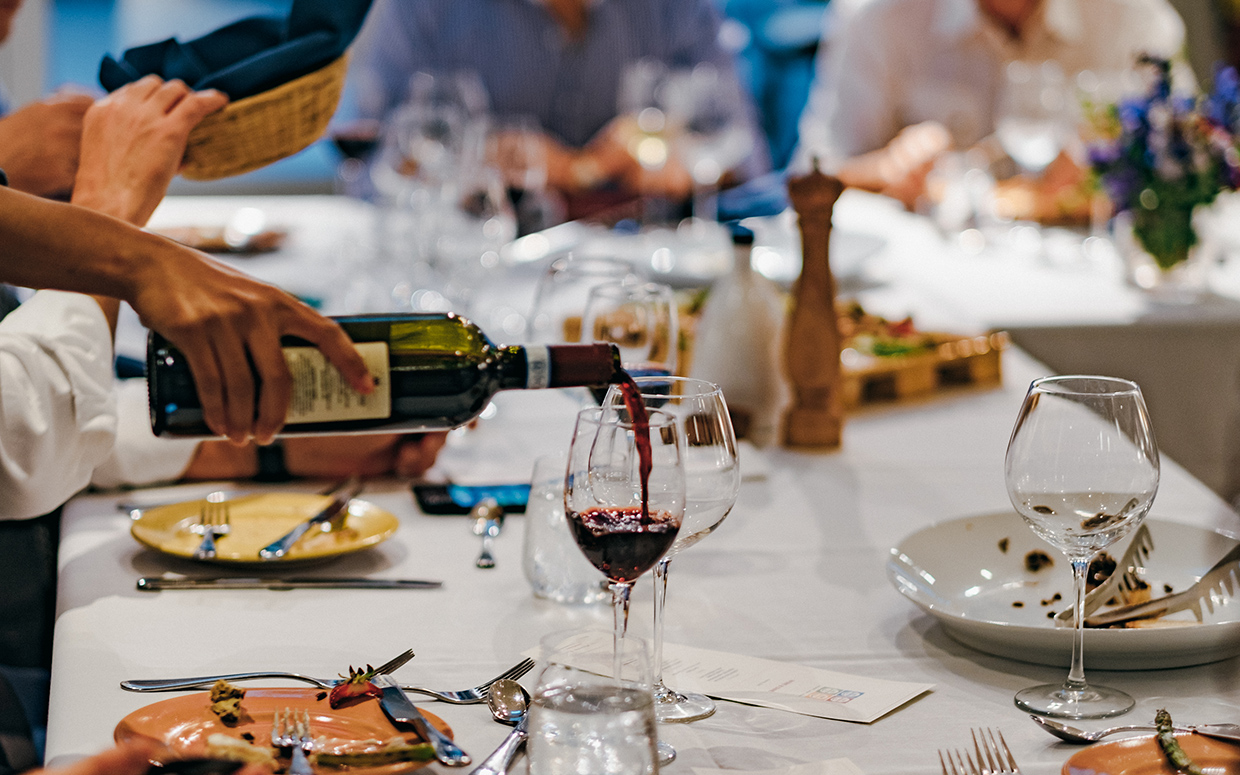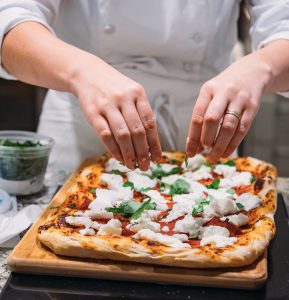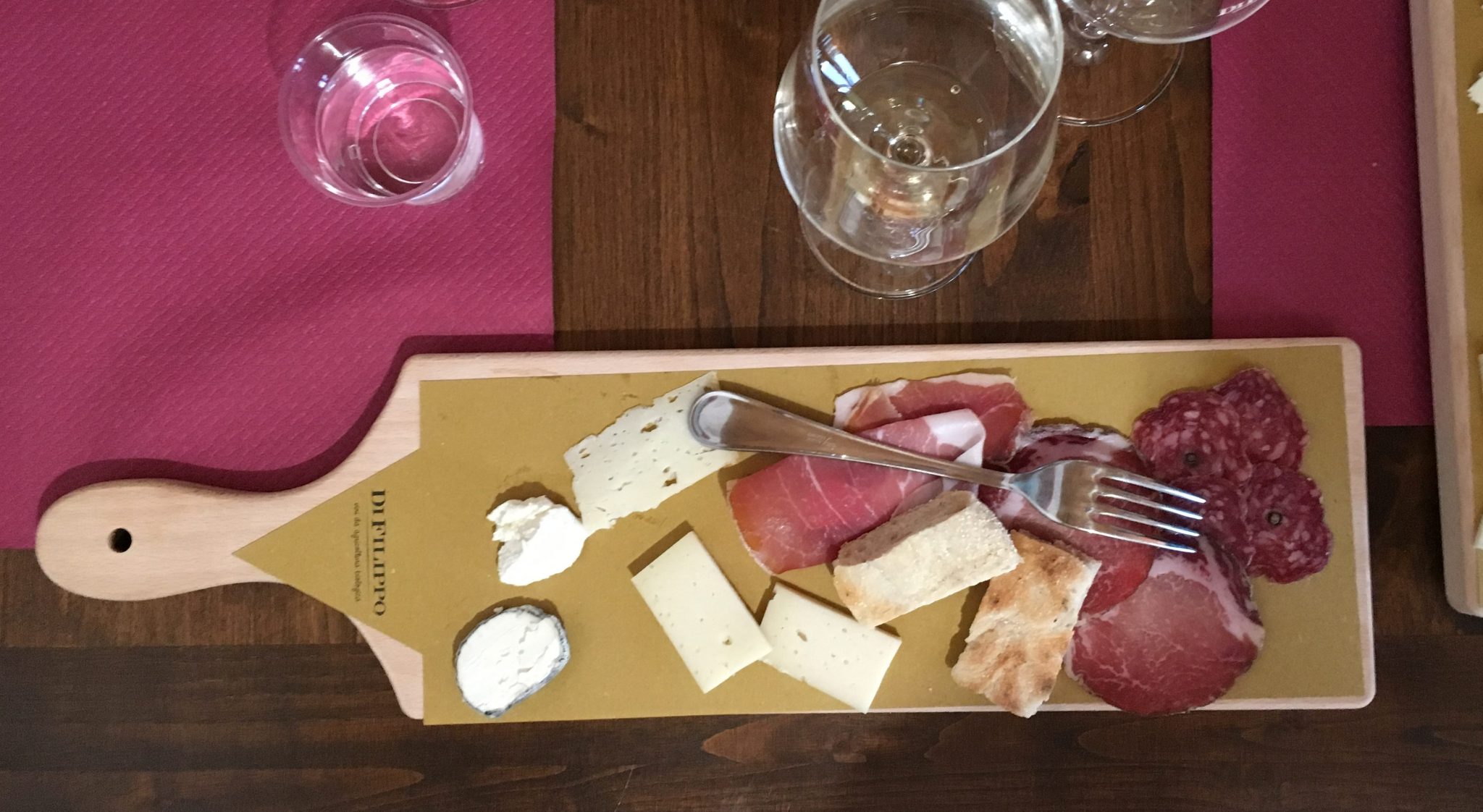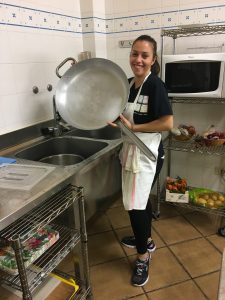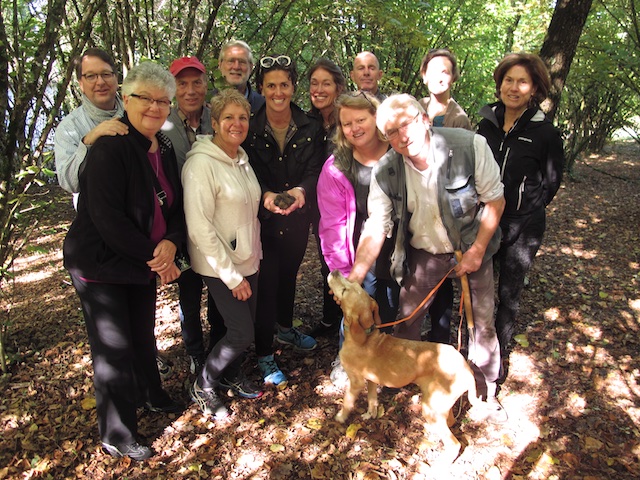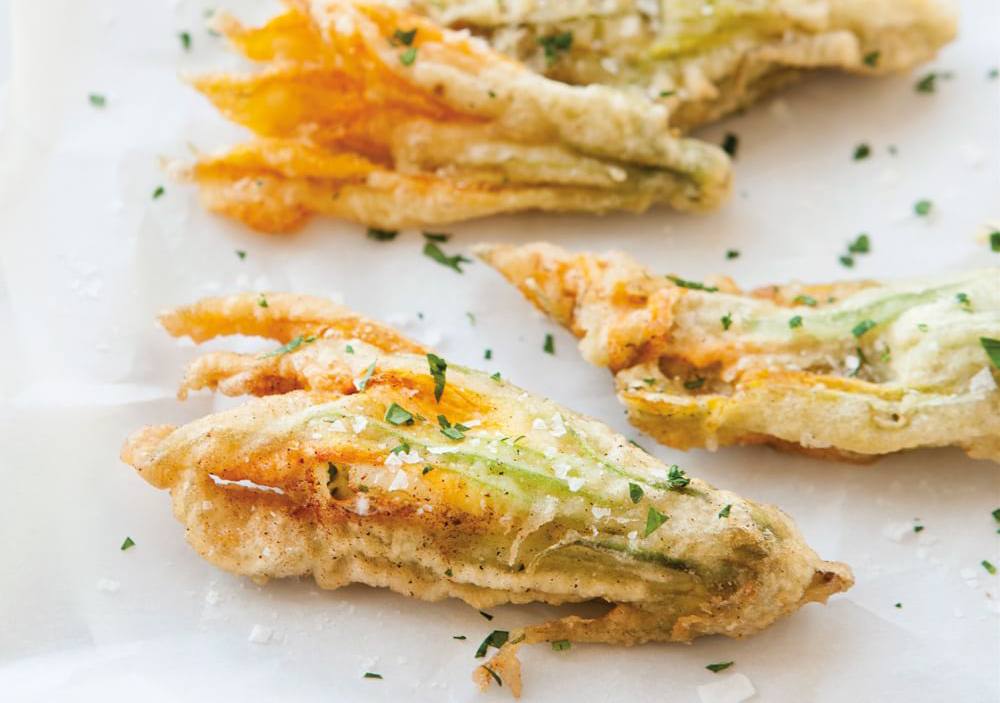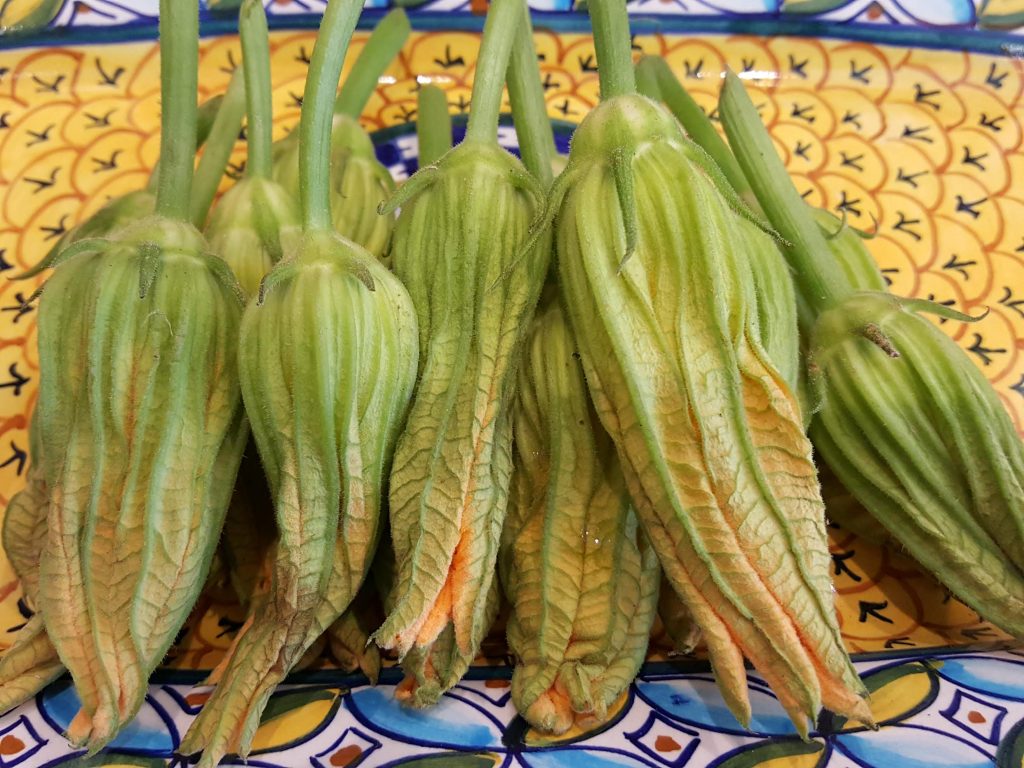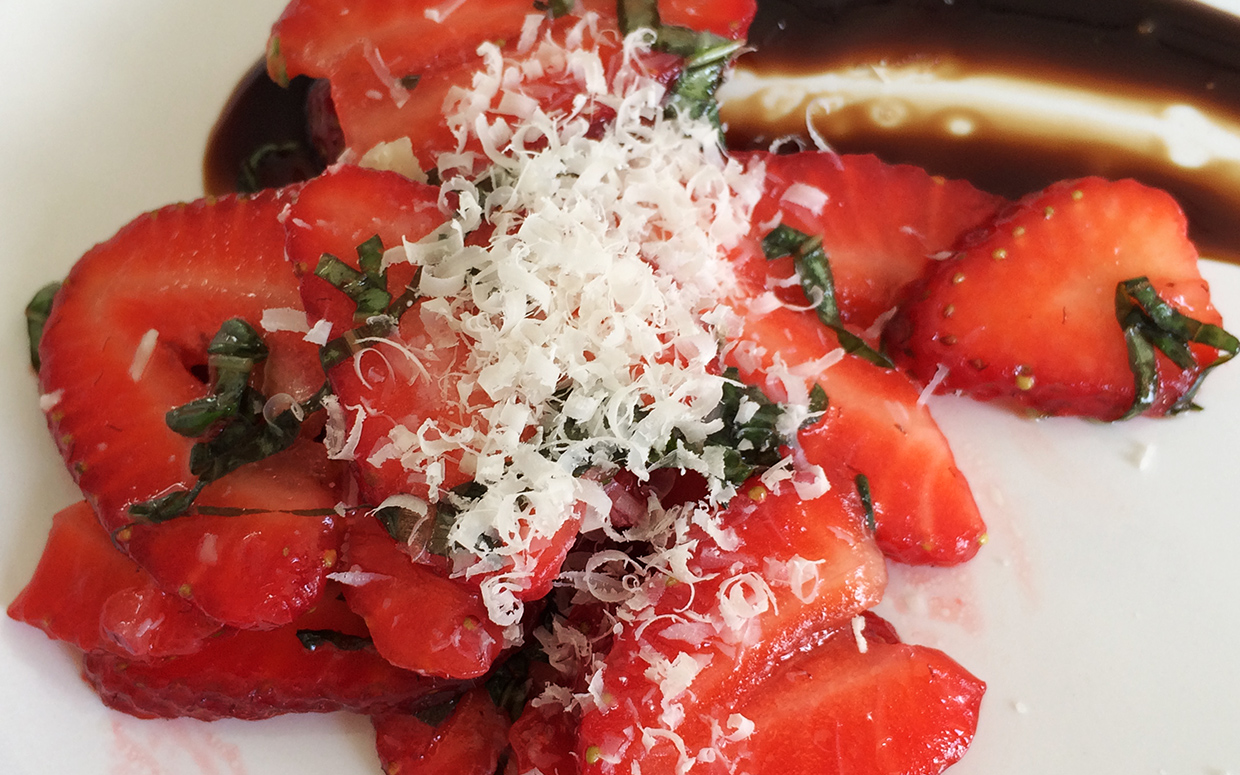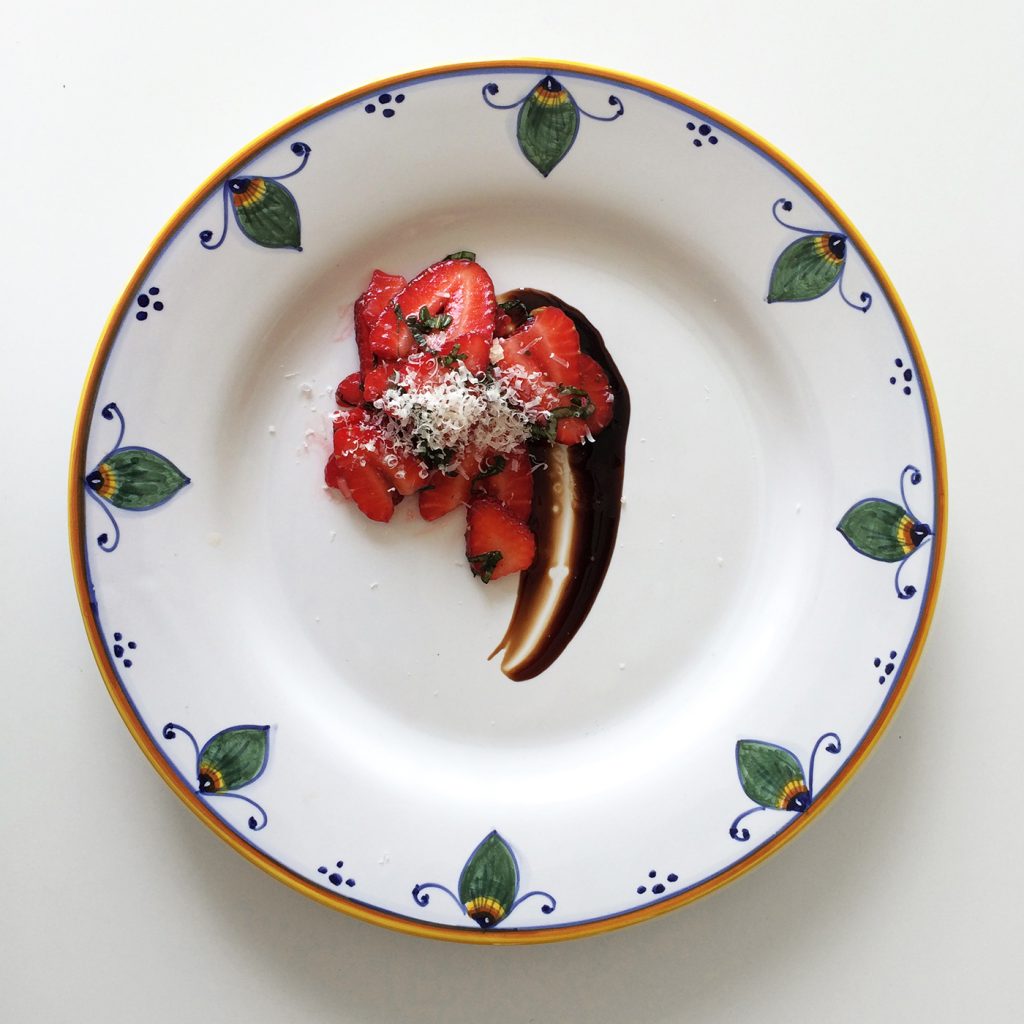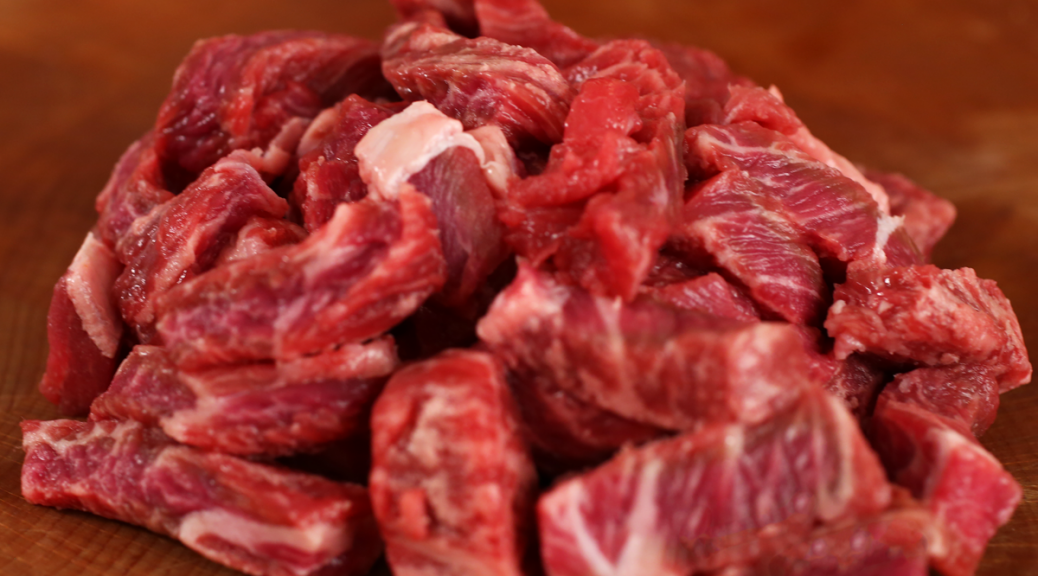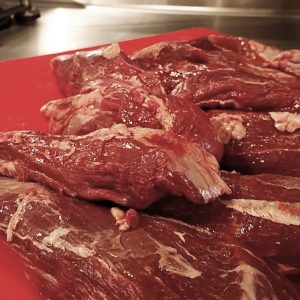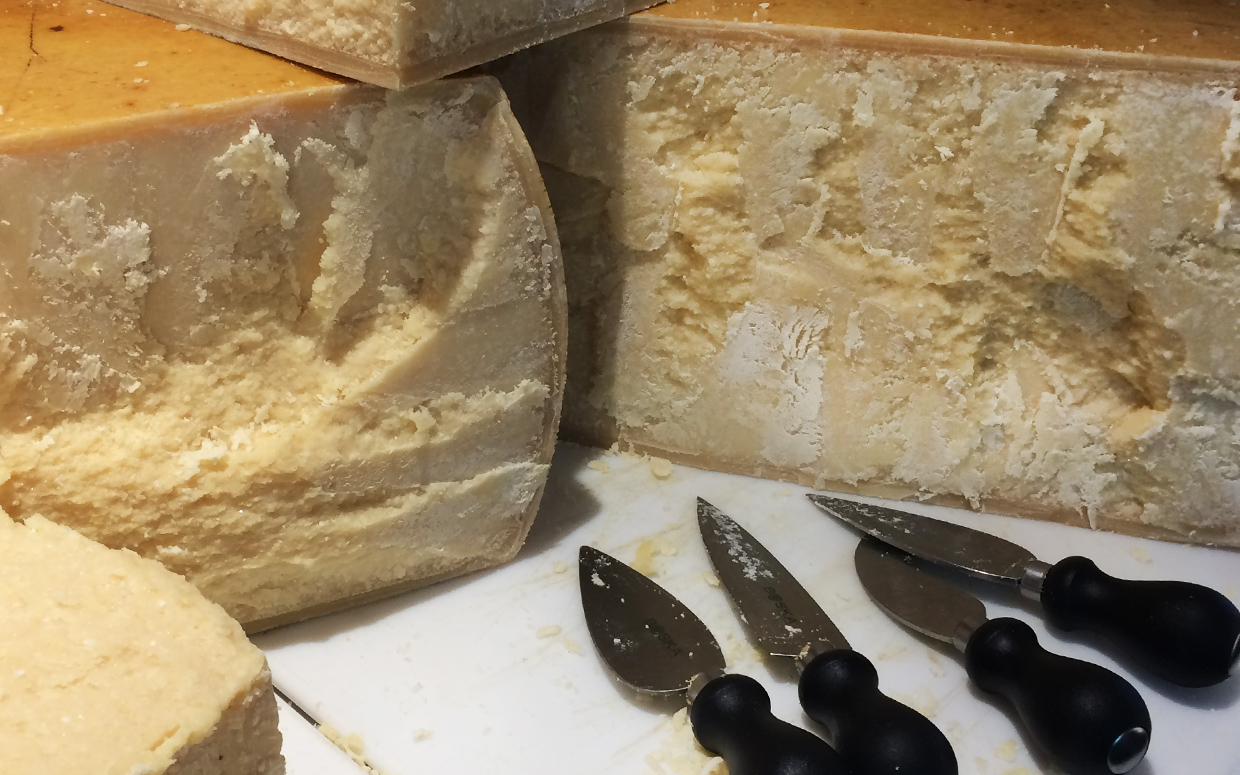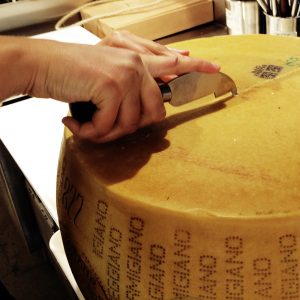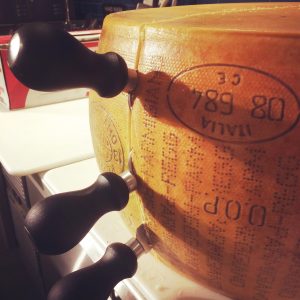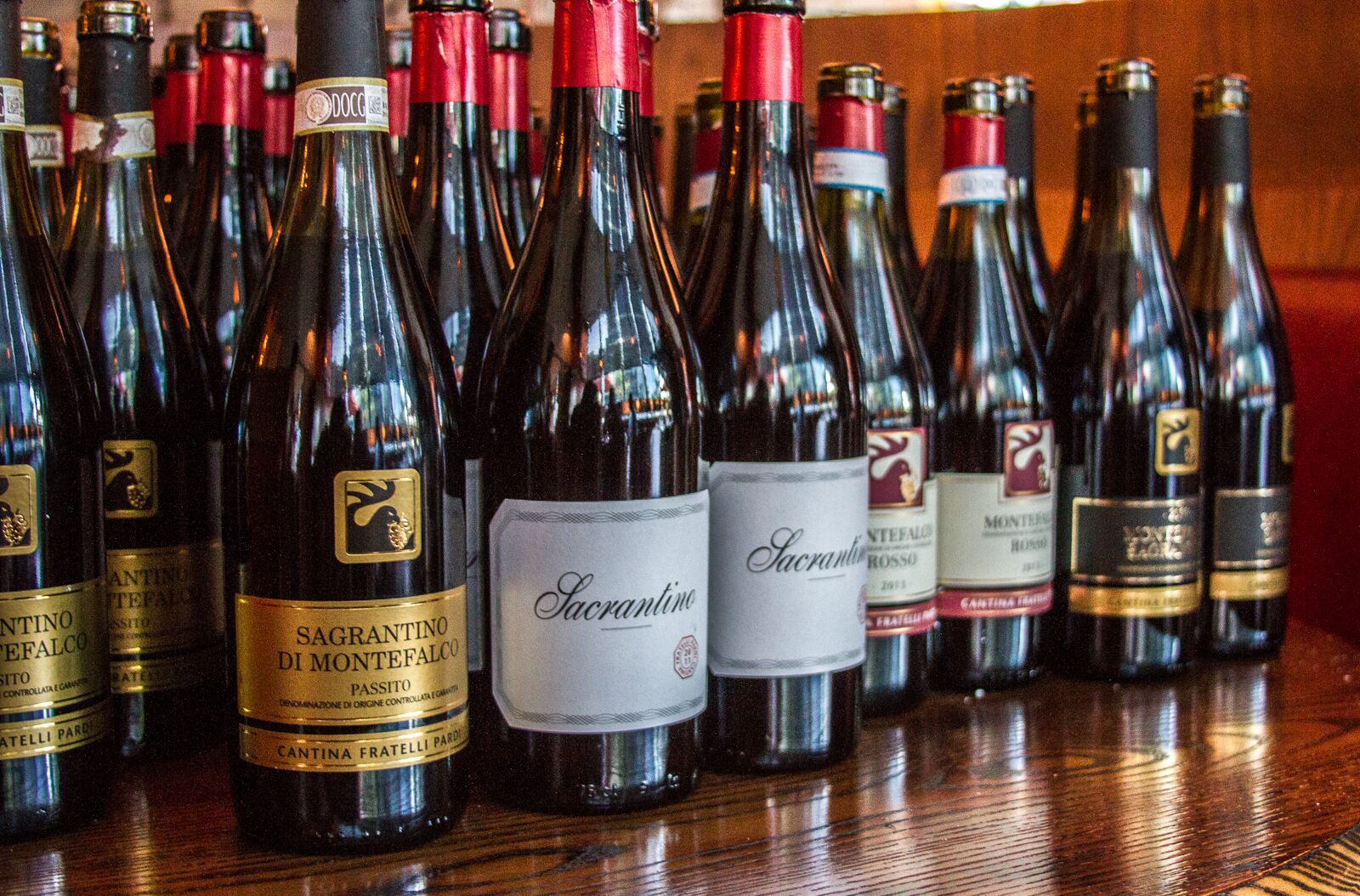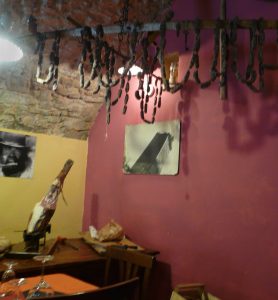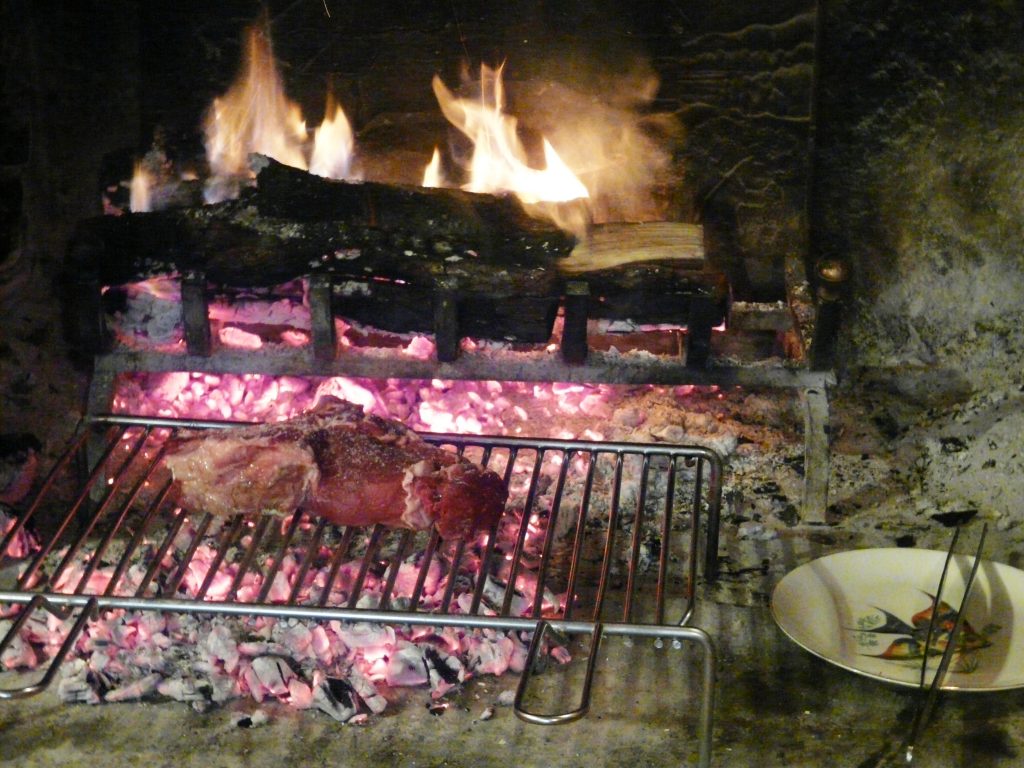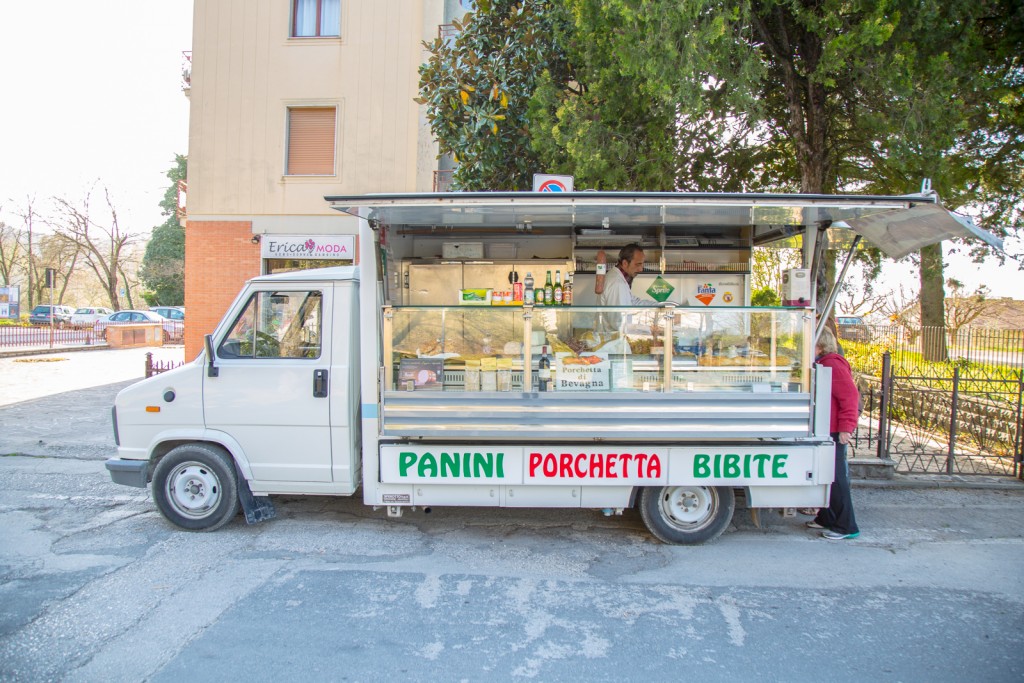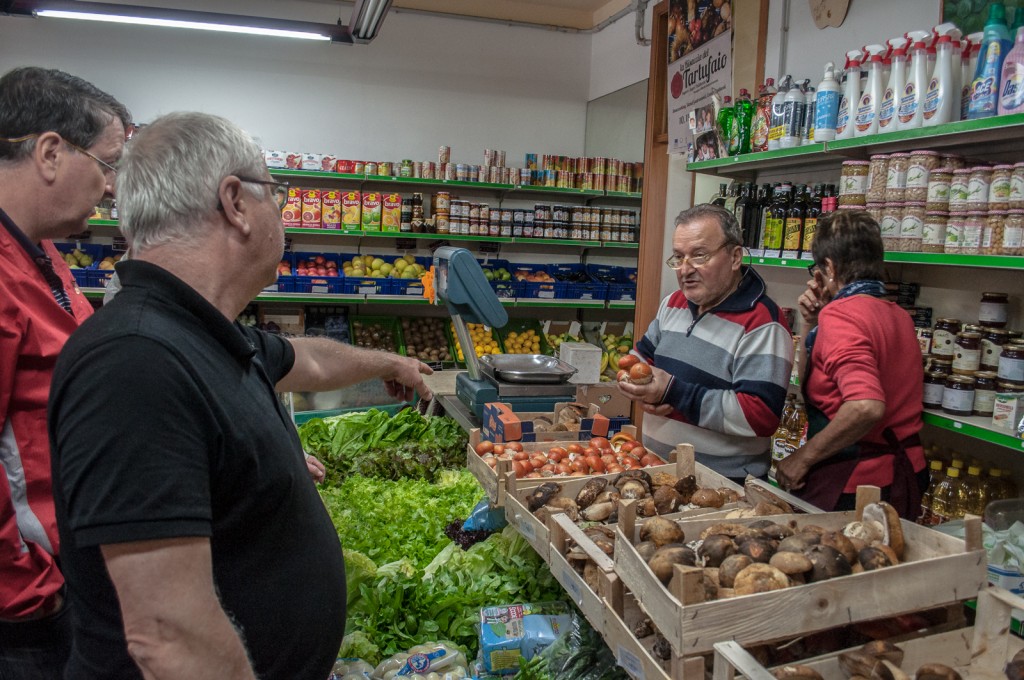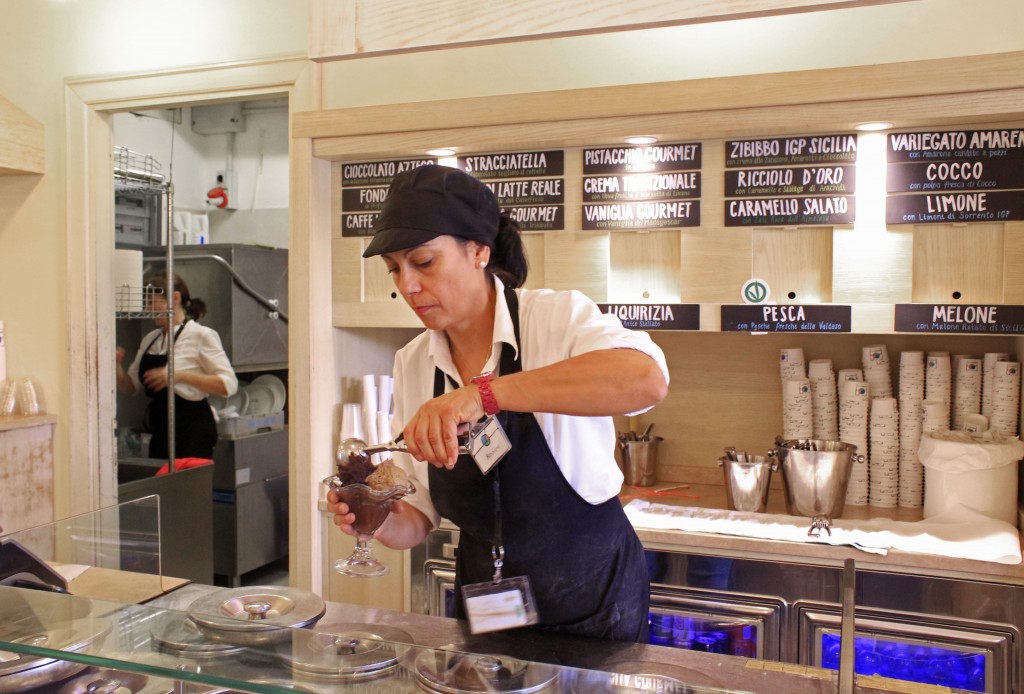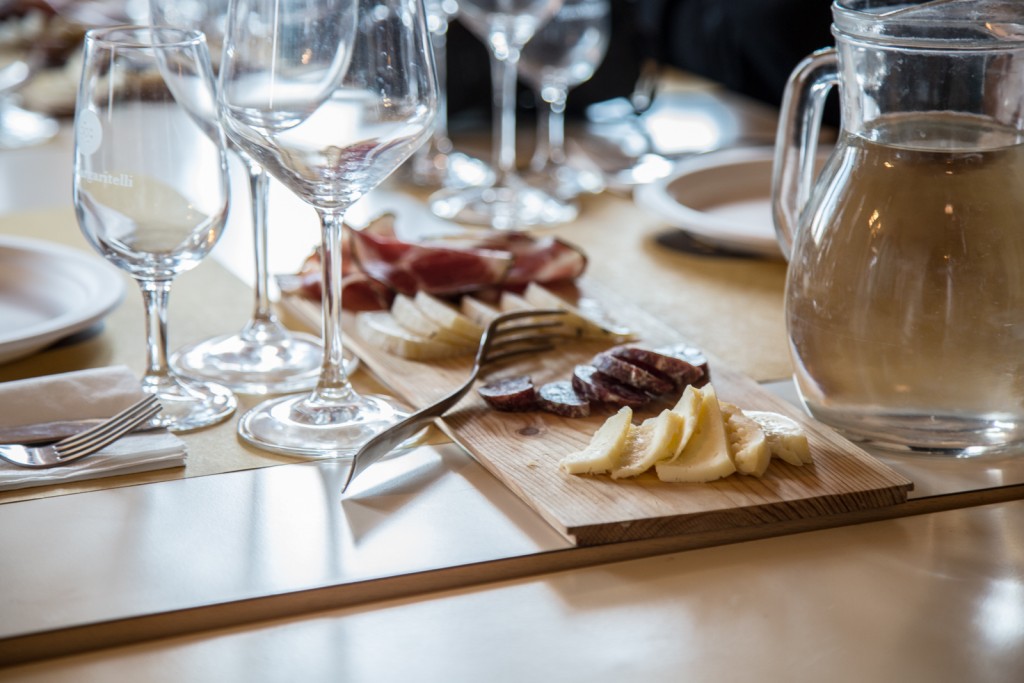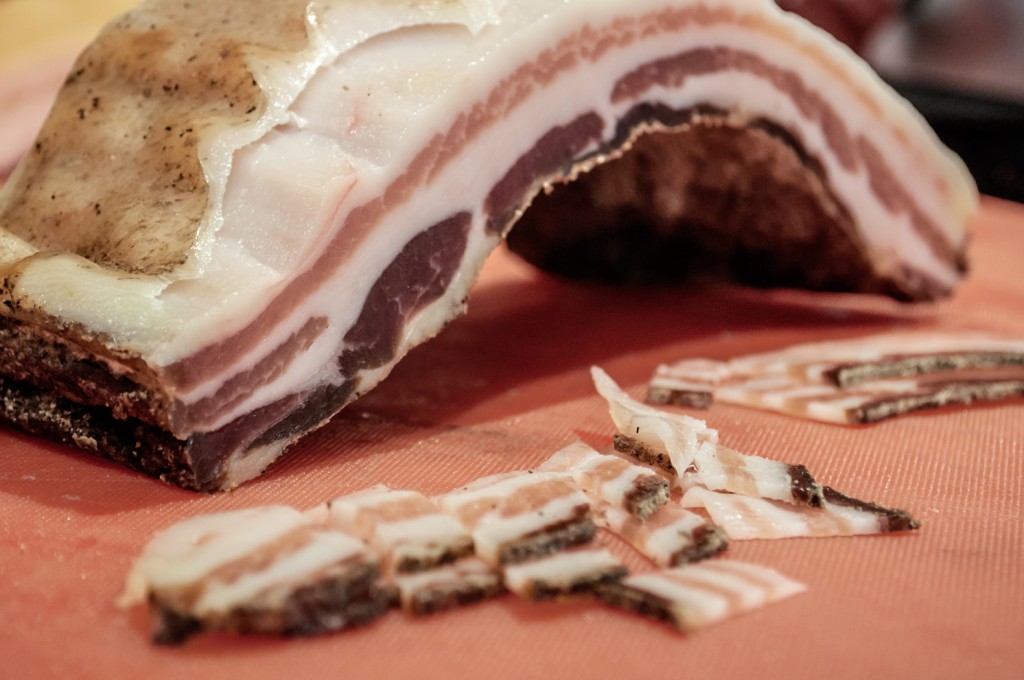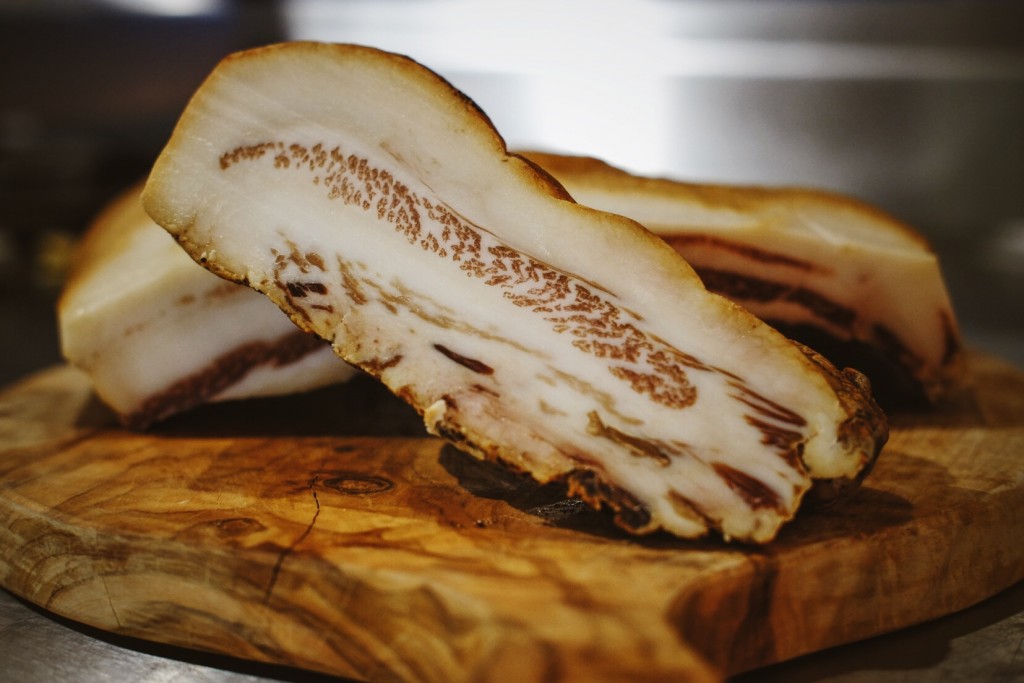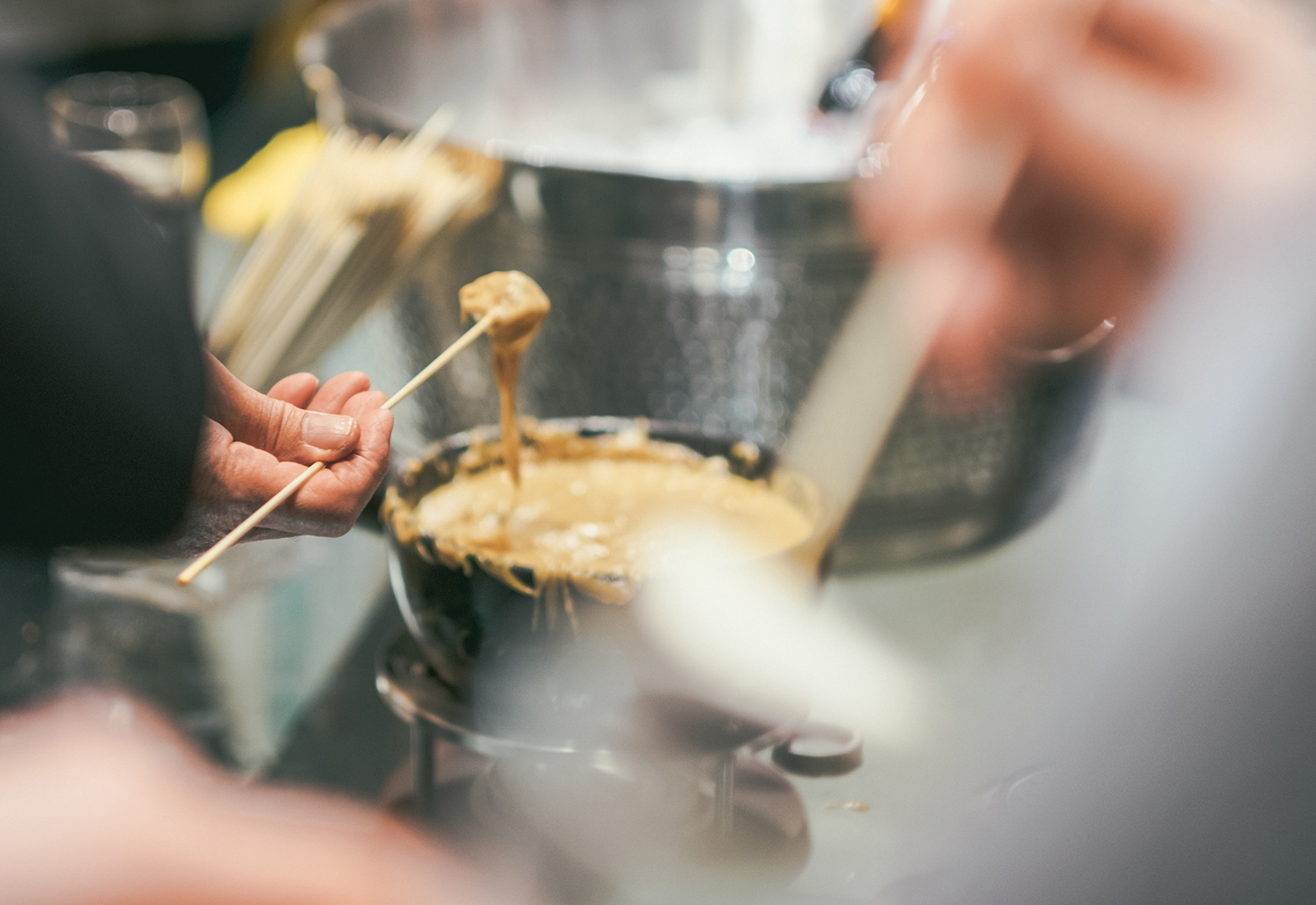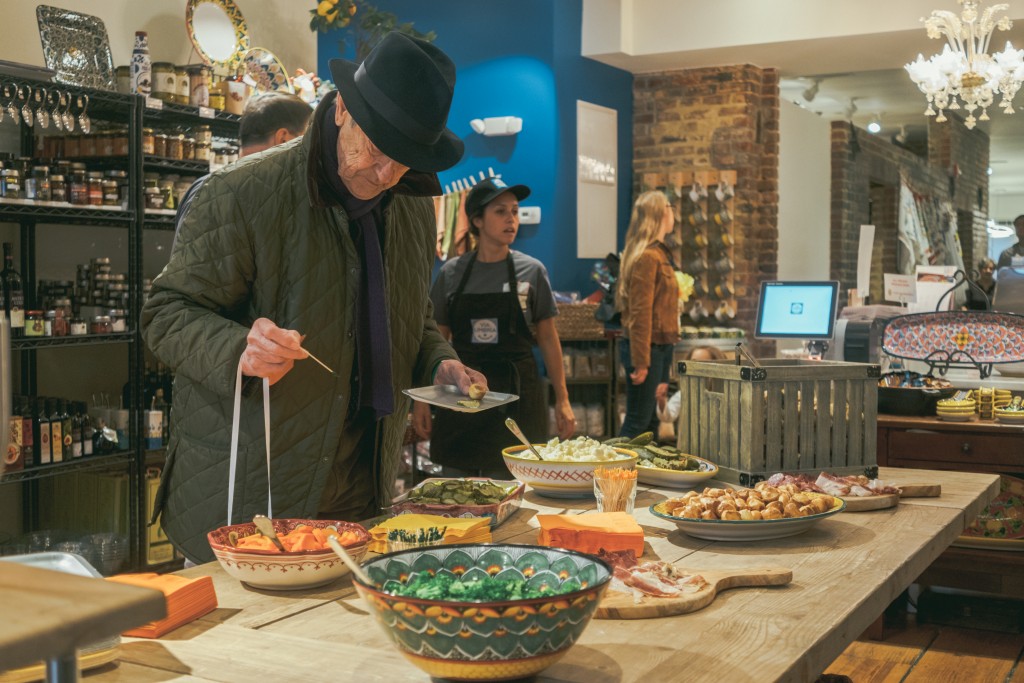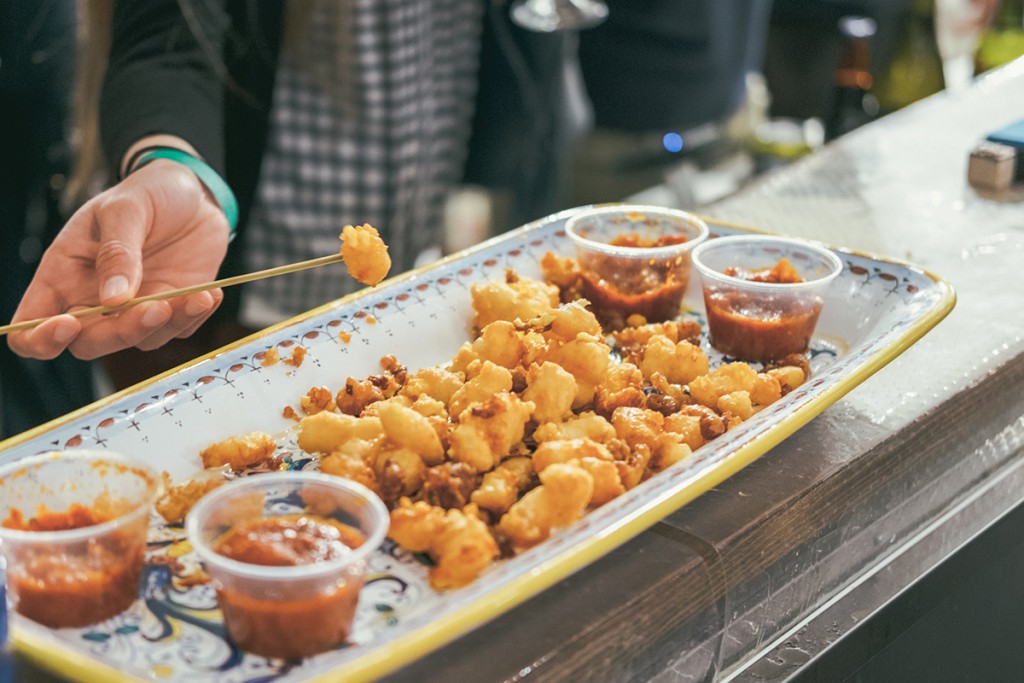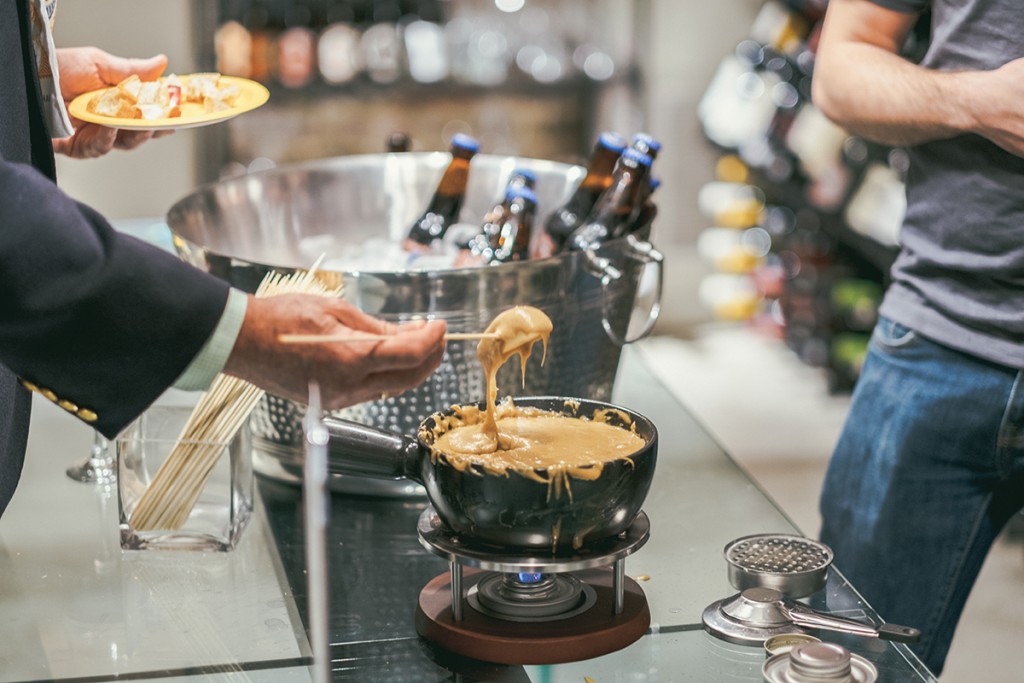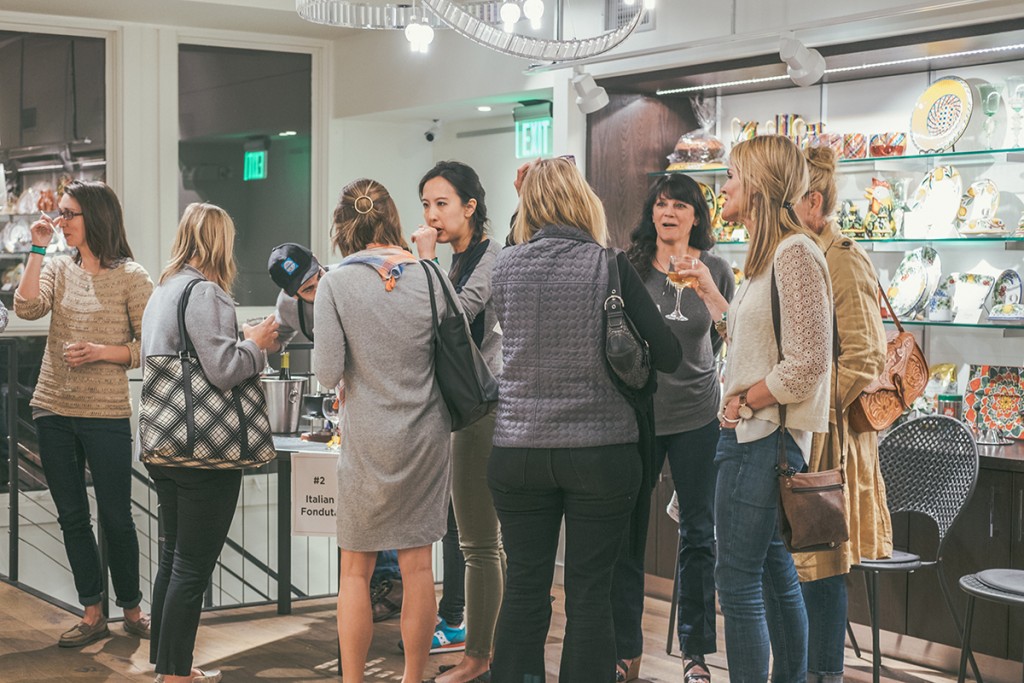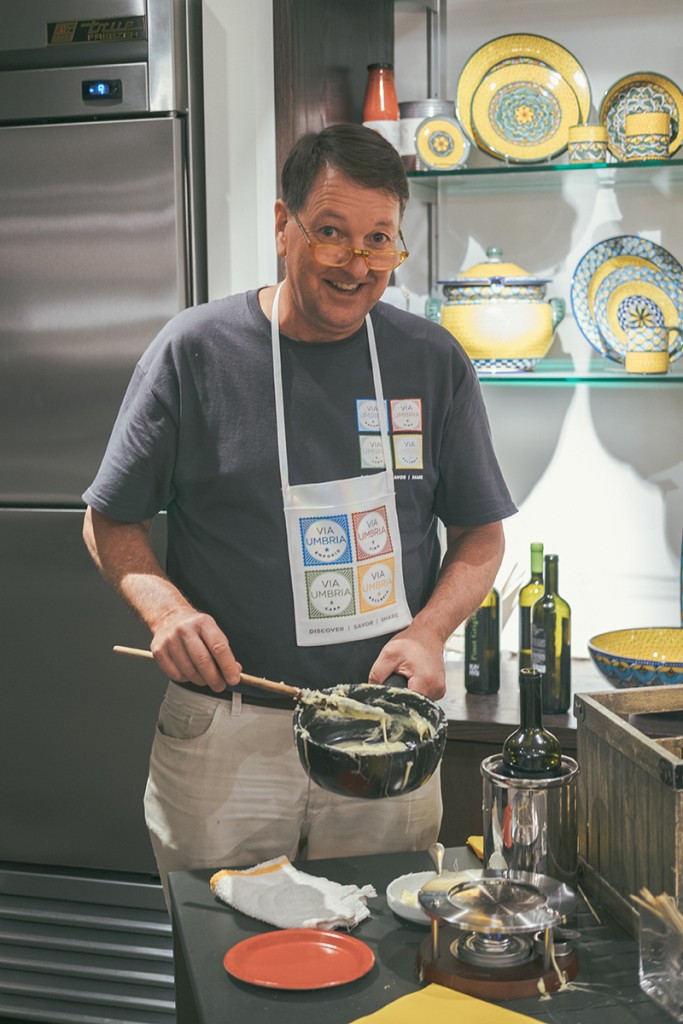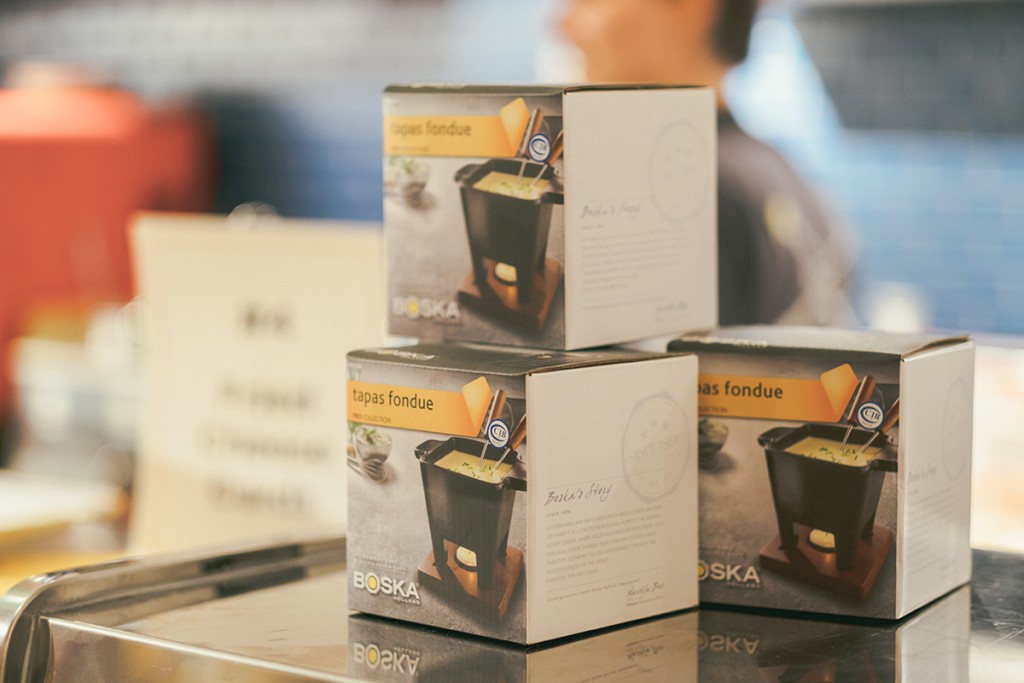In a country that is renowned for its warmth, charm and grace, Umbrians, with their authenticity, approachableness and their connectedness to each other, their land, and their culture stand out. For me, there is no place in which this authenticity stands out more than around the dinner table. When I think back on the many (many) meals that I have enjoyed in Umbria, each one is colored with the rosy glow of being surrounded by strangers turned friends and friends turned family, all sharing stories, wine, and food and all living in the moment. The food is simple yet exquisite, the company is fascinating yet unassuming, and the conversation is energetic yet relaxed; every day brings a new experience and every night is a celebration. A visit to Umbria is truly an opportunity to experience authenticity in all aspects of what it means to be Italian.
This is the feeling that drives much of what we do at Via Umbria. We have created a space for friends and neighbors to meet, to eat, and to relax. A place to showcase the work of the amazing artisans of Italy, from ceramicists to winemakers, and to introduce their products and their stories to a new community. Above all, however, we are determined to recreate the feeling of sitting around a dinner table in Umbria- sharing food, telling stories, and creating memories- and from this the Laboratorio was born.
From the communal style seating to the open kitchen format, every aspect of the Laboratorio was designed with the Umbrian experience in mind. The space was created to be open, to be flexible, and to be interactive; in short it is our Laboratory, our space to explore and to create. For those of you who have yet to join us for dinner imagine it like this: take one part dinner party, add in one part of your favorite cooking show, one part wine tasting, and combine those together with a beautiful setting and an engaged group of friends and neighbors sharing a unique and unforgettable experience and you may start to get a sense of what I’m talking about.
But as with all things, the best way to truly understand is to see it for yourself. Join us for dinner Thursday – Saturday night, or for brunch on Sunday for an unforgettable feast in our demonstration kitchen. Enjoy a Thursday night Demo and Dinner and let Chef Johanna Hellrigl teach you her favorite recipes from all over Italy before retiring to the communal table to enjoy the fruits of your labor. Visit us on a Friday night for a CYOB Dinner and let us teach you about a selection of wines from our unique cellar during a guided tasting before choosing your favorite bottle (or bottles) to accompany your meal. For the wine lovers, I encourage you to join us on a Saturday night for a Wine and Dine dinner where each of four courses is paired with a unique wine chosen and discussed by our experienced wine staff. And for those of you who crave relaxation at the end of your week, we welcome you to our Sunday Bottomless Bellini Brunch. No matter the format, no matter the day, a meal spent around our table will be one to remember.

